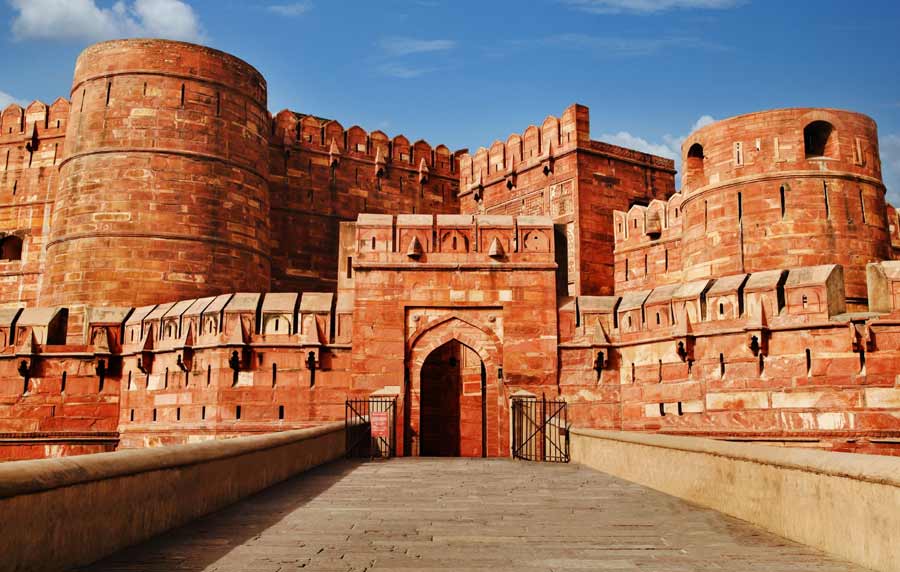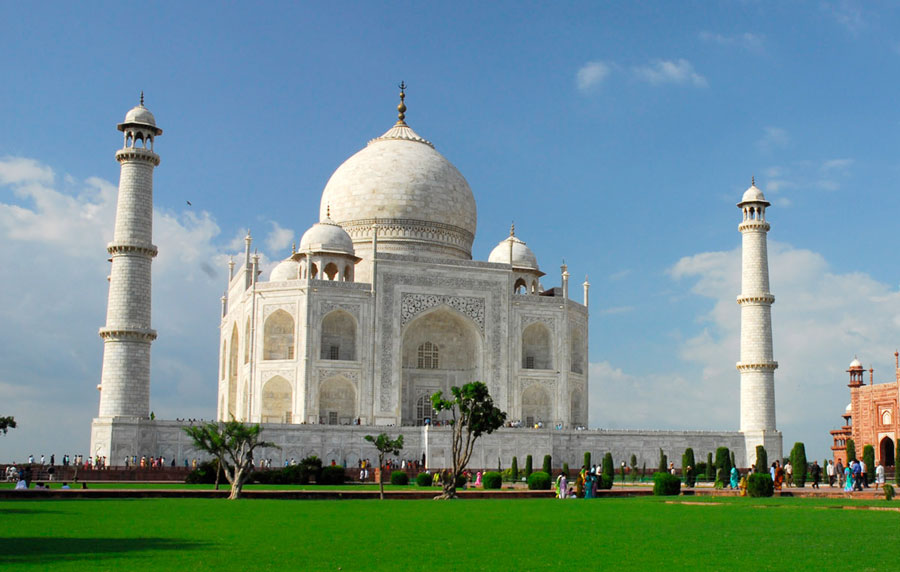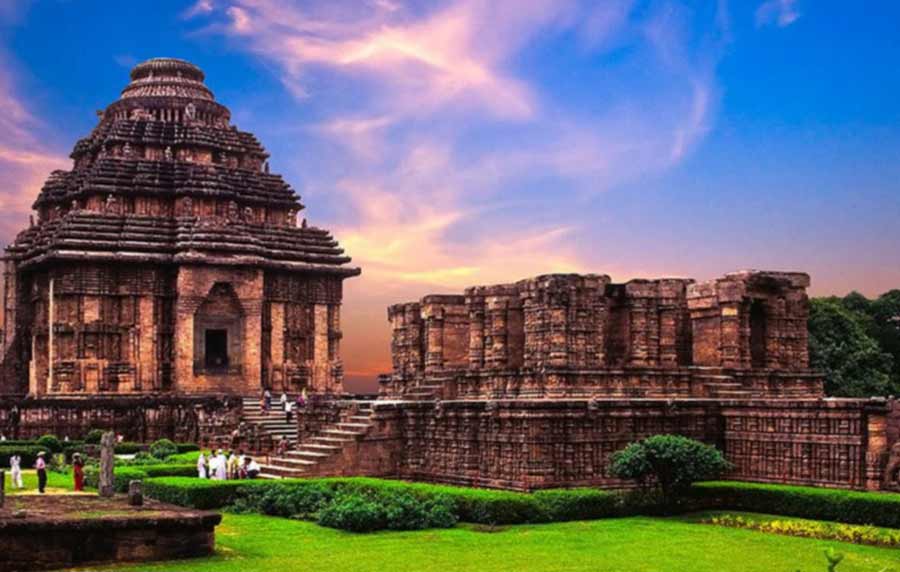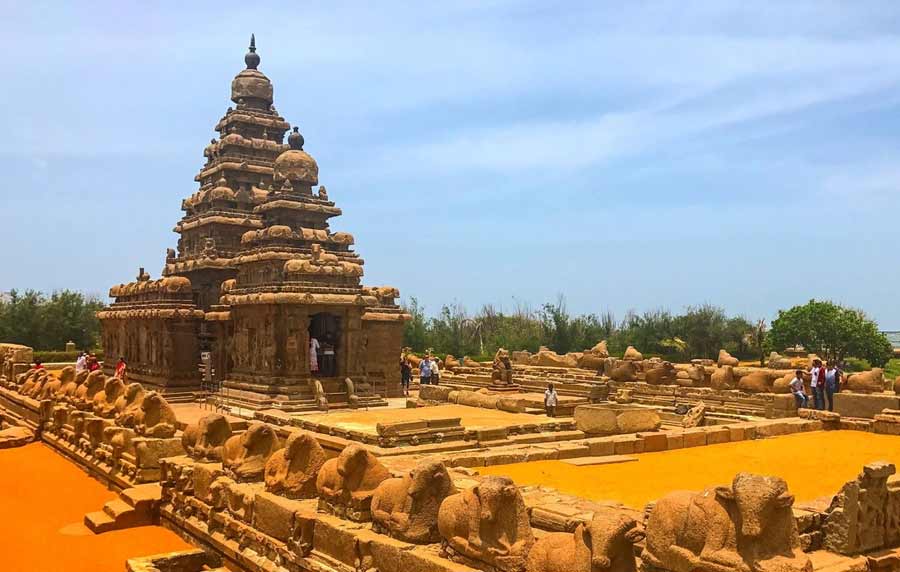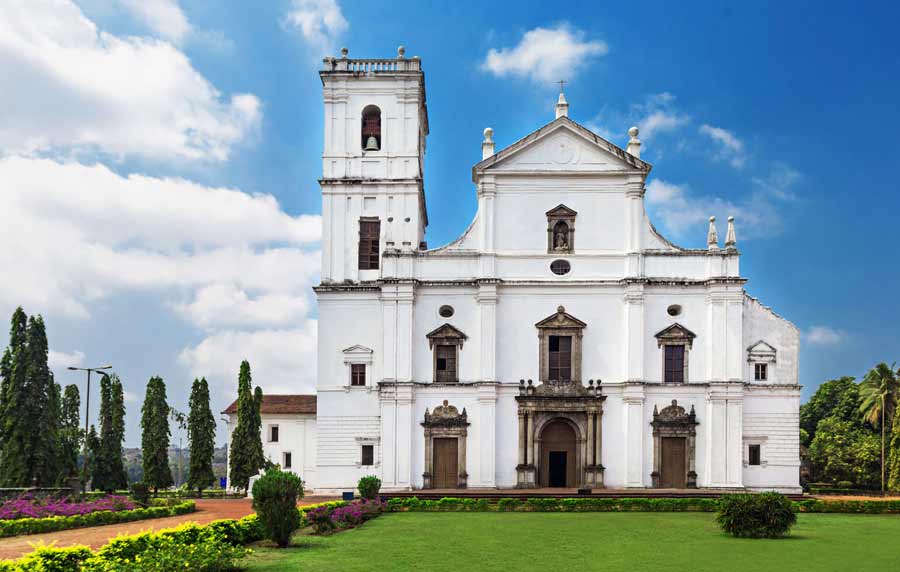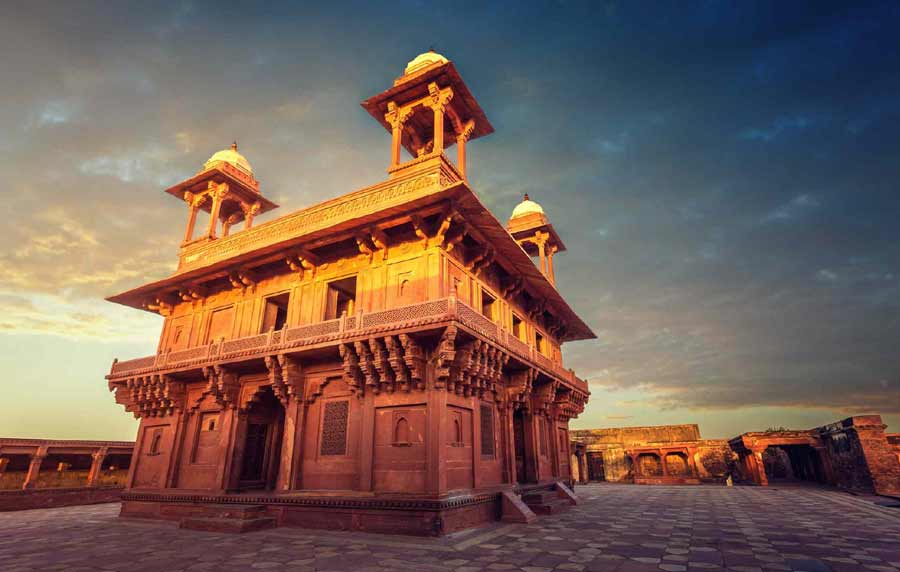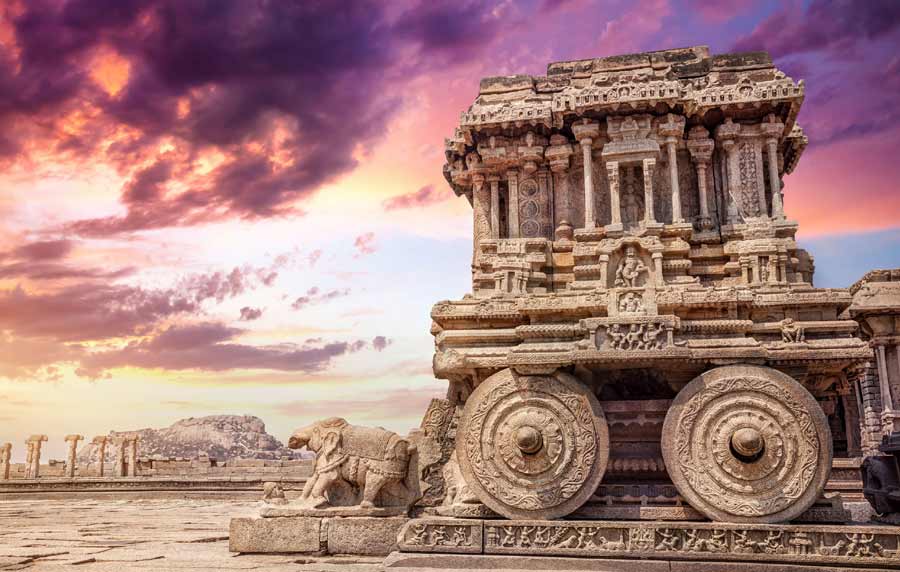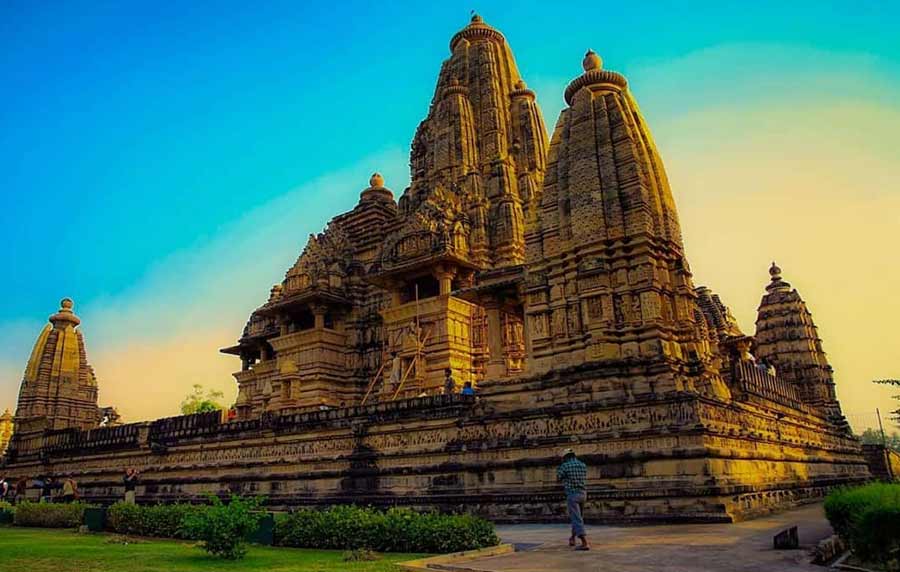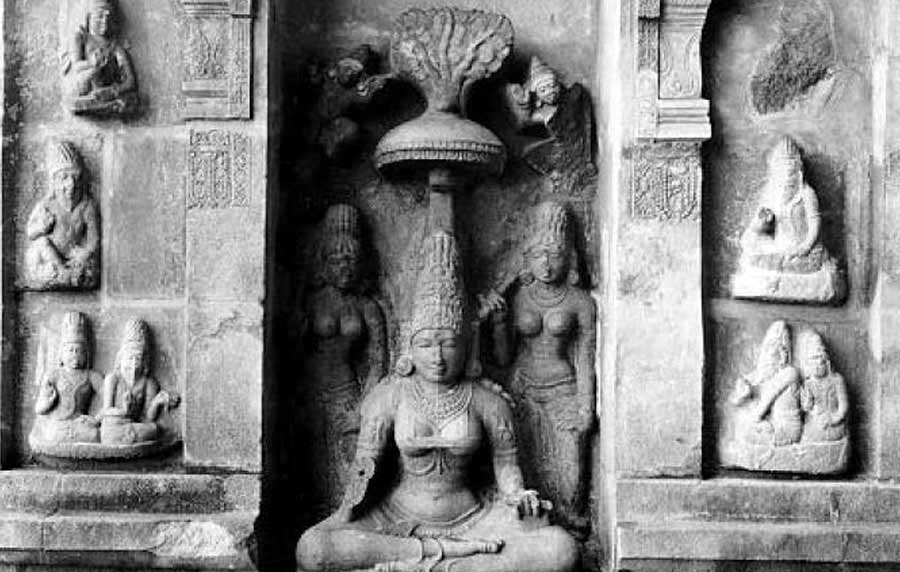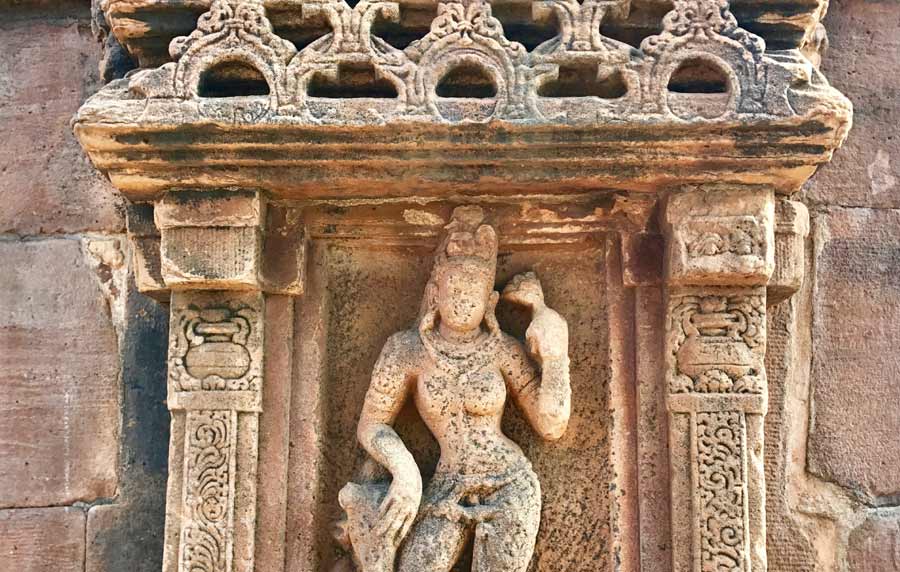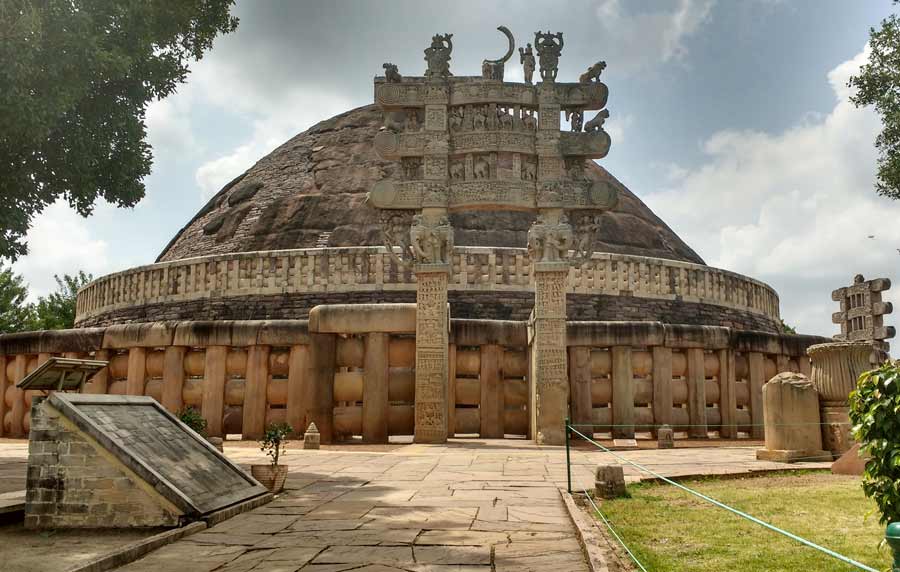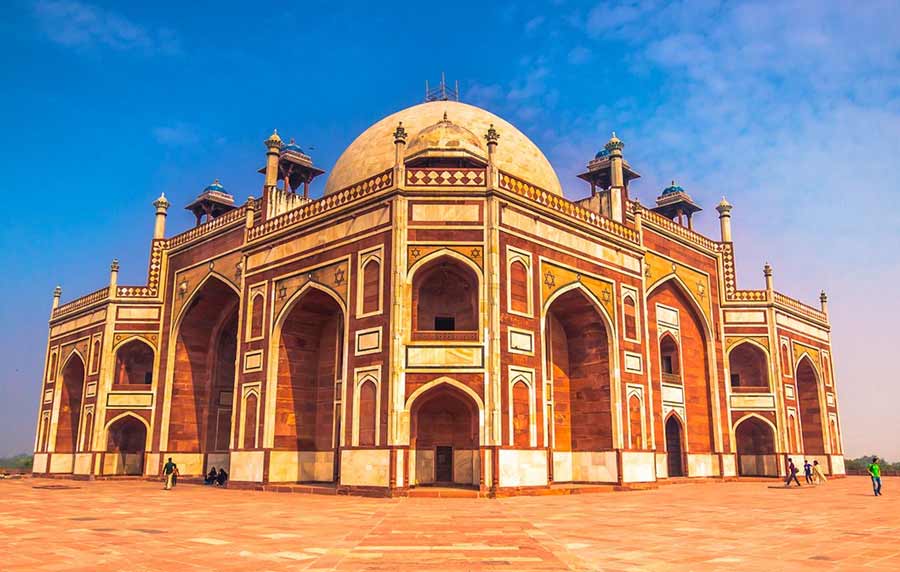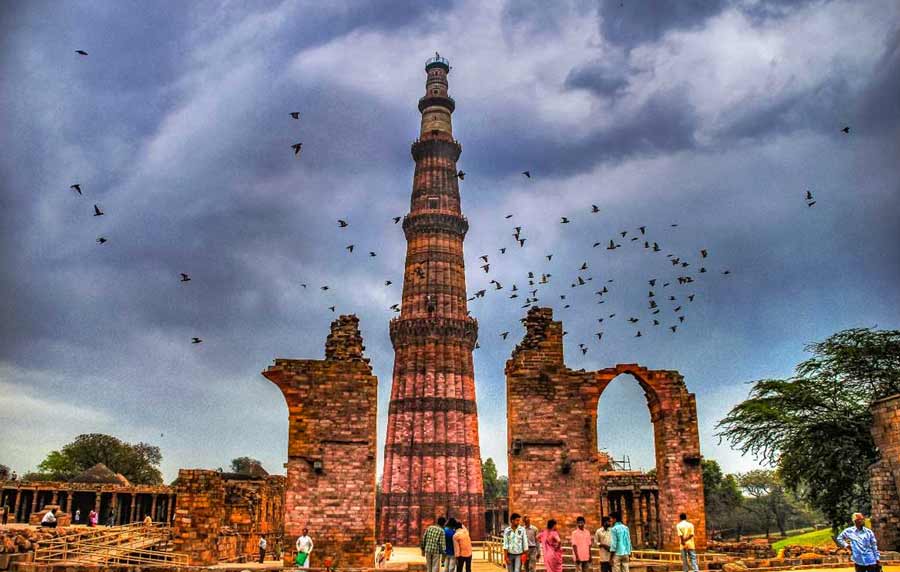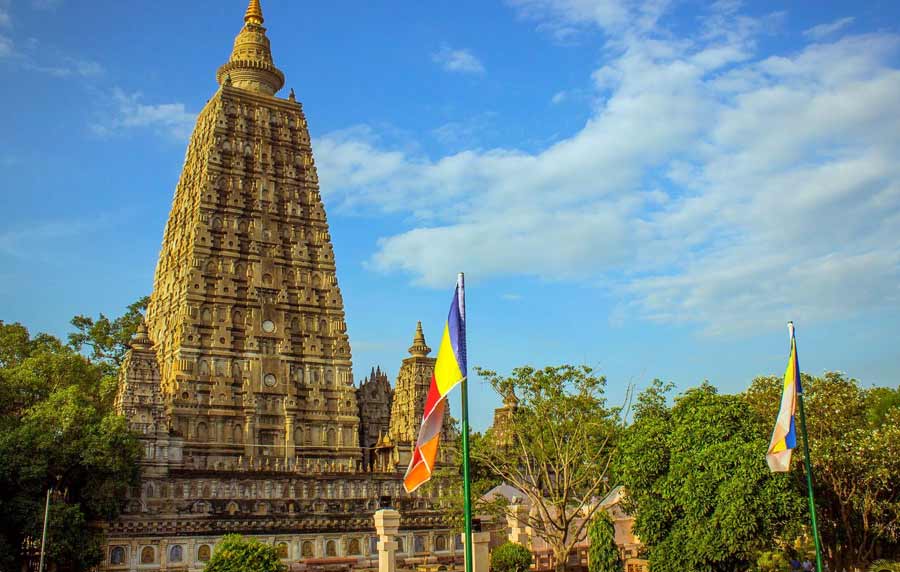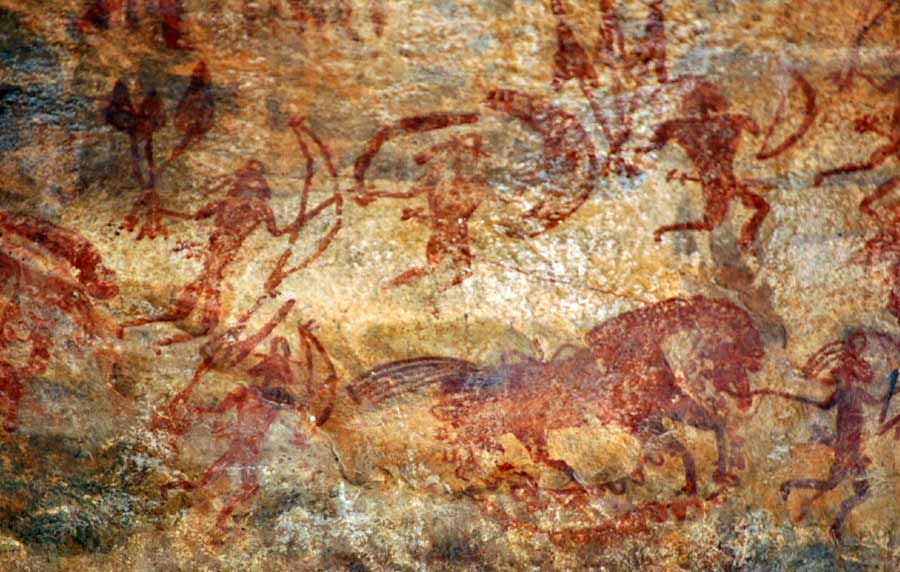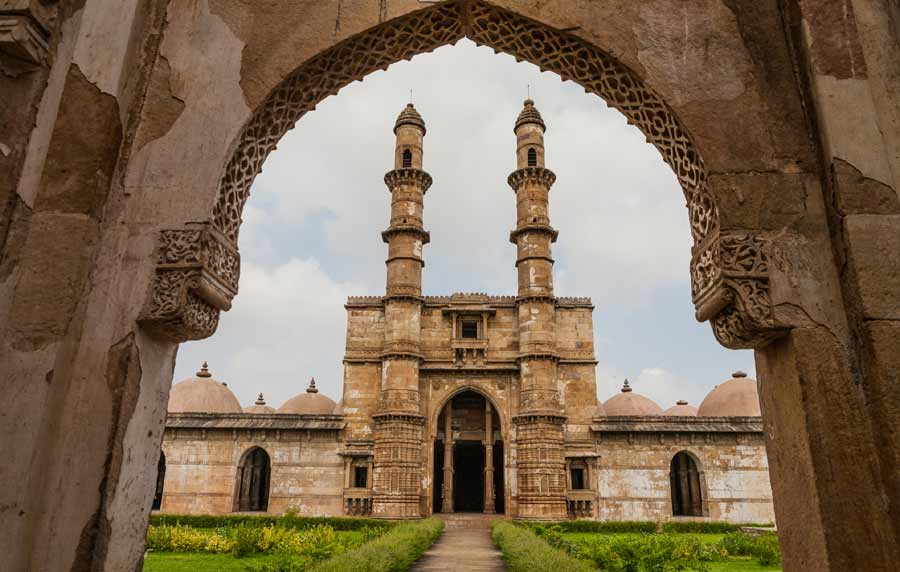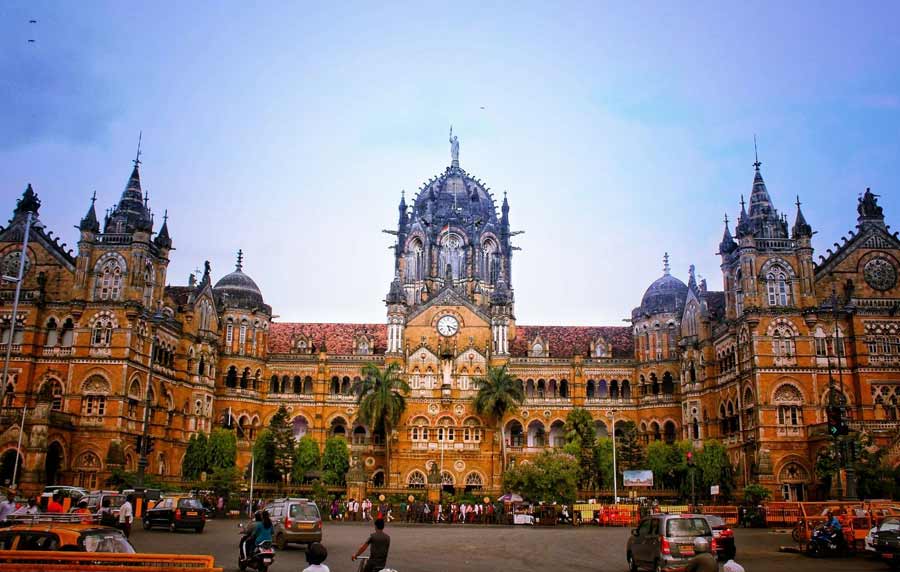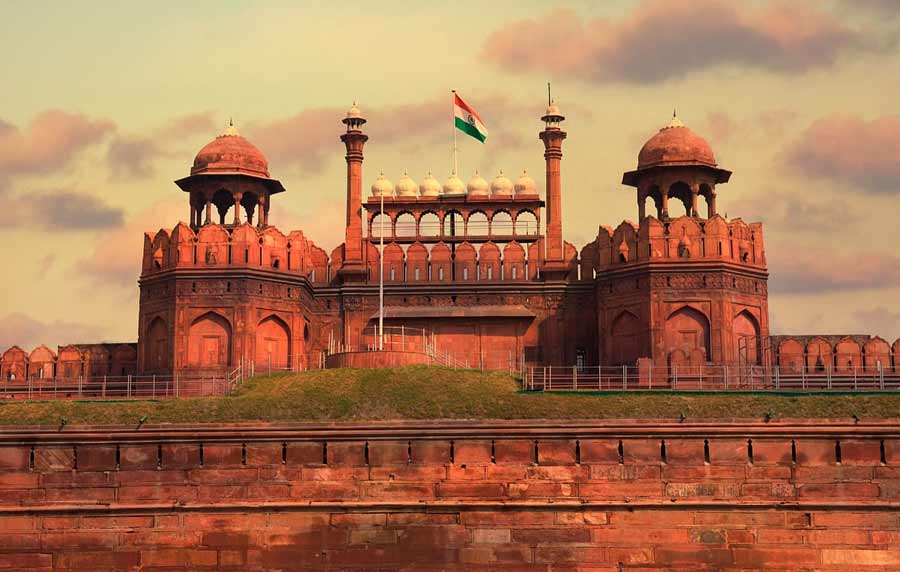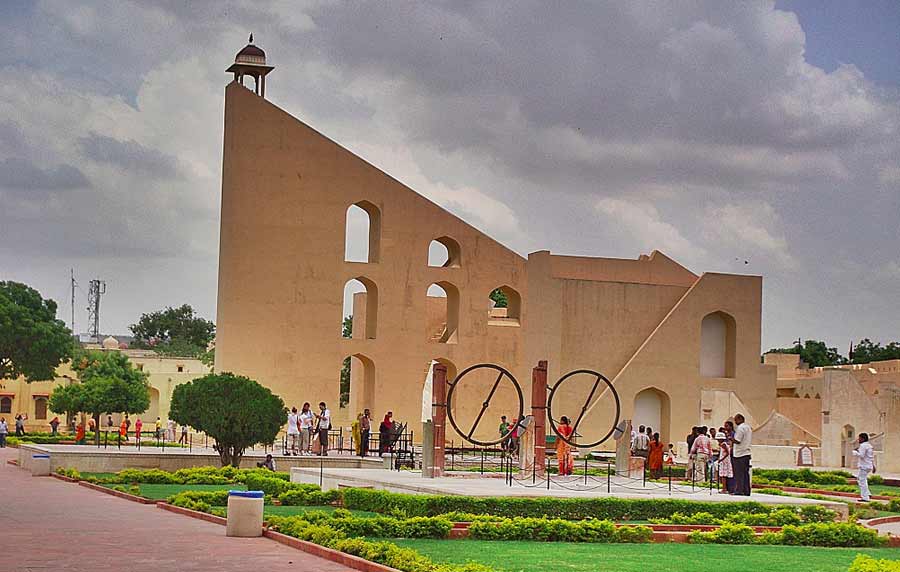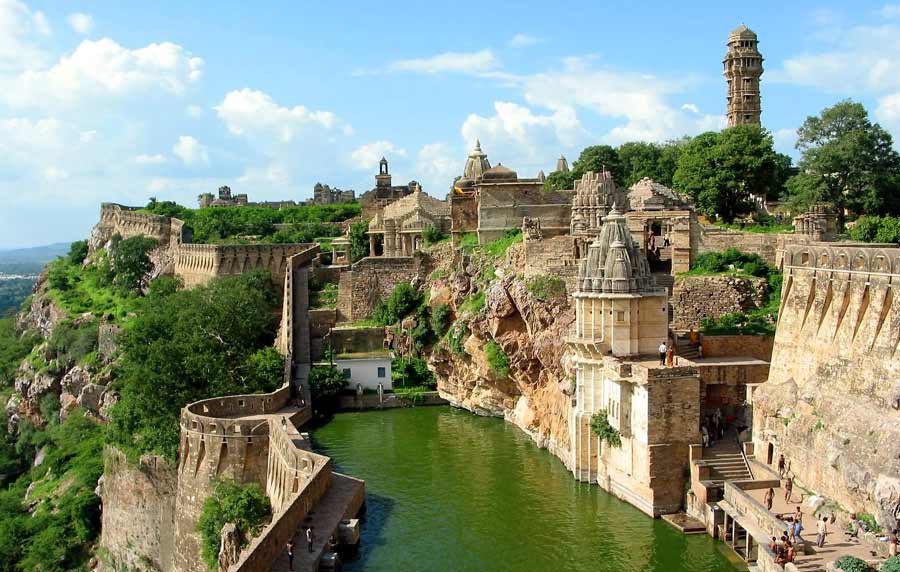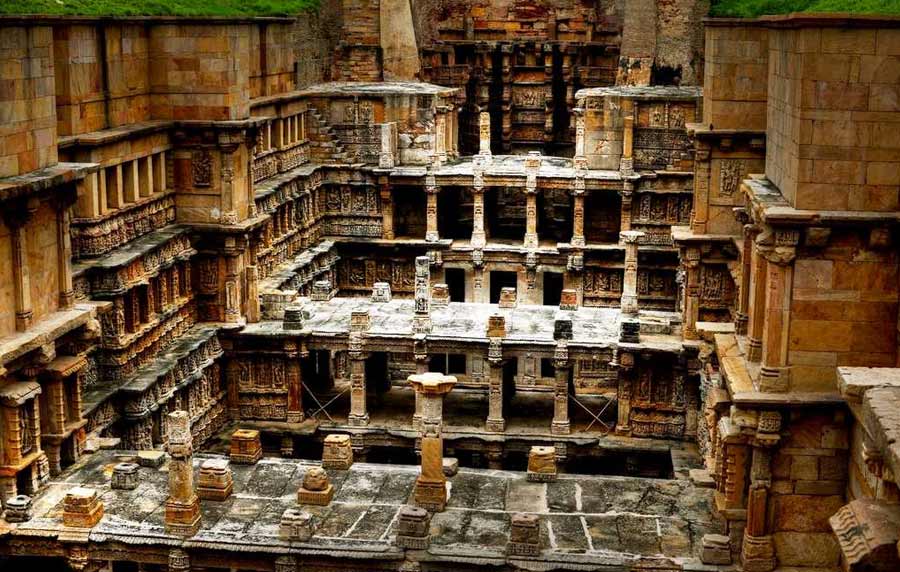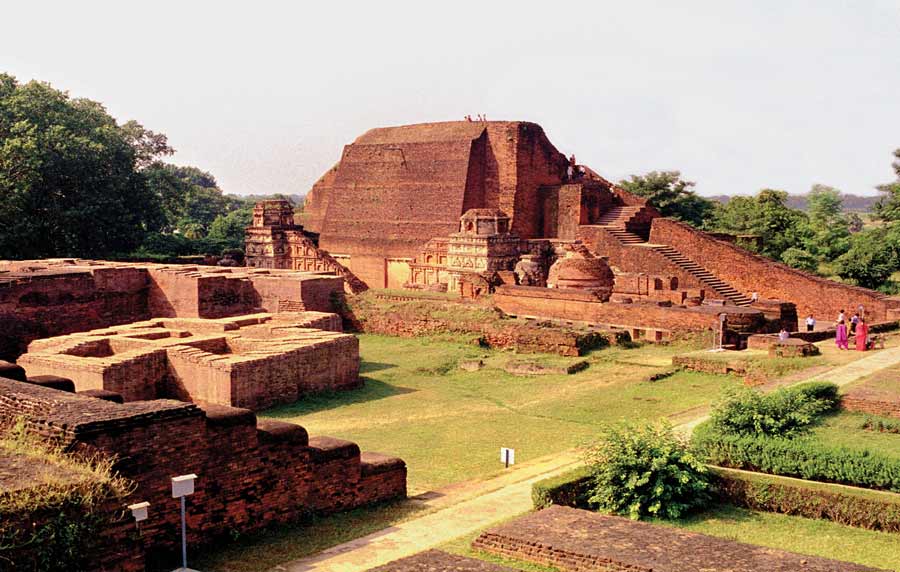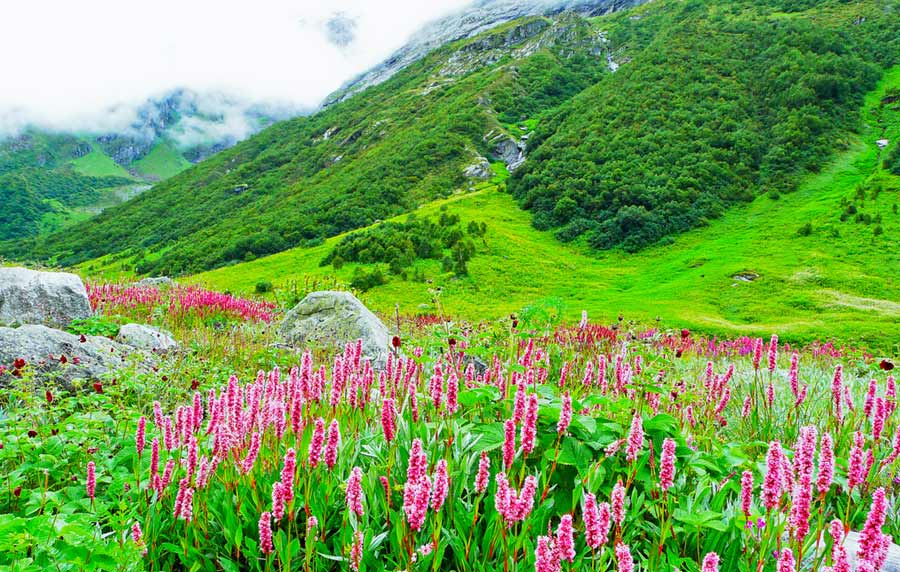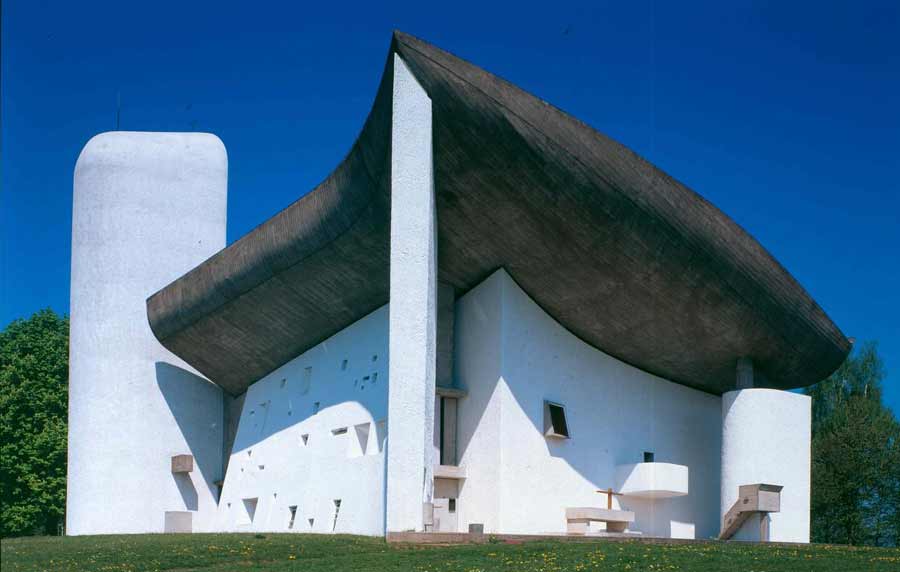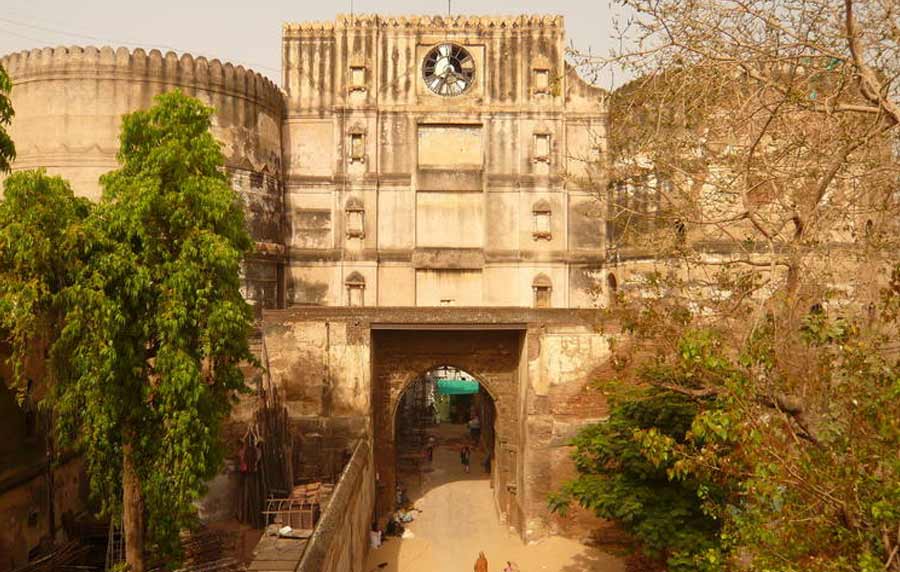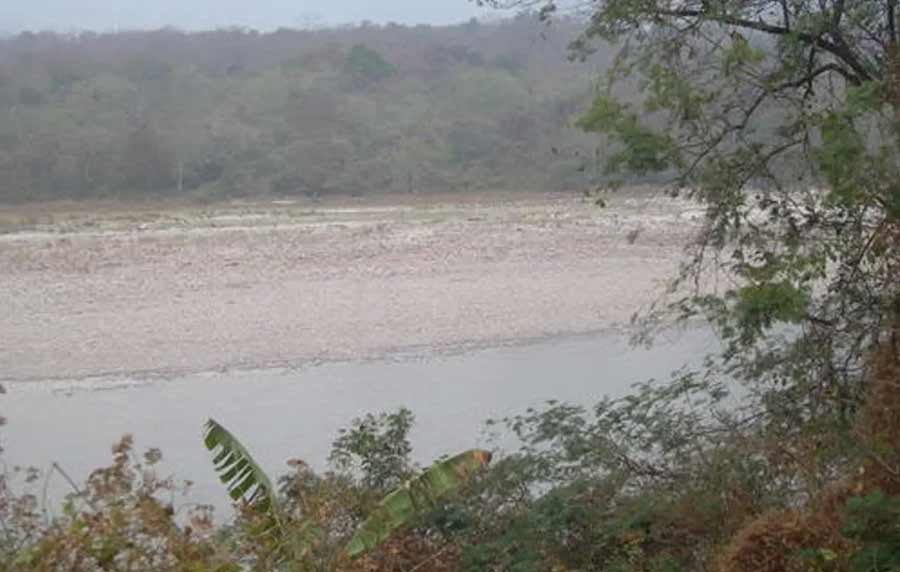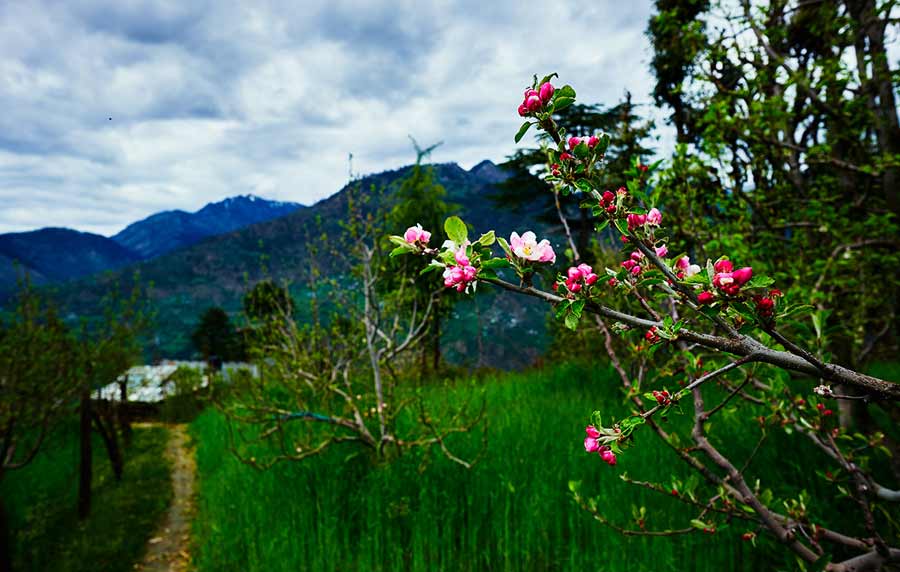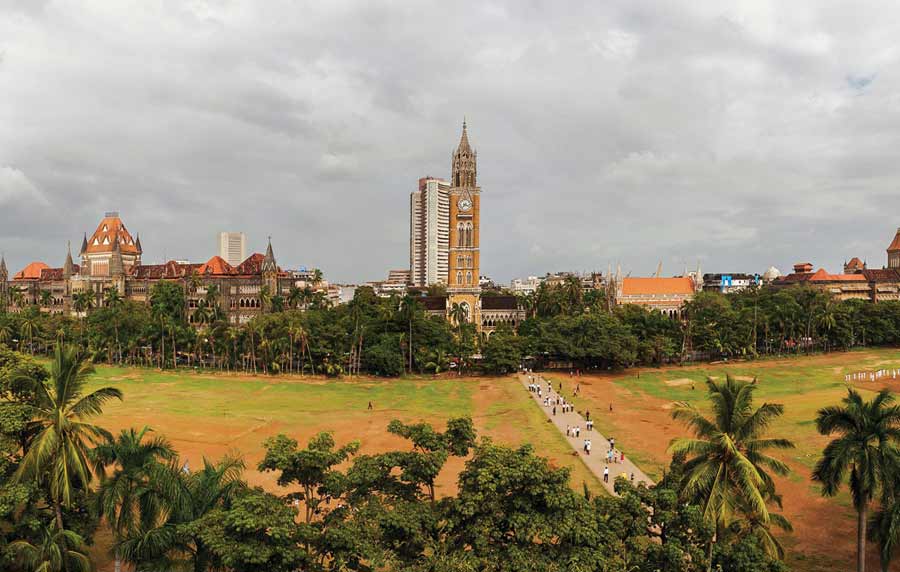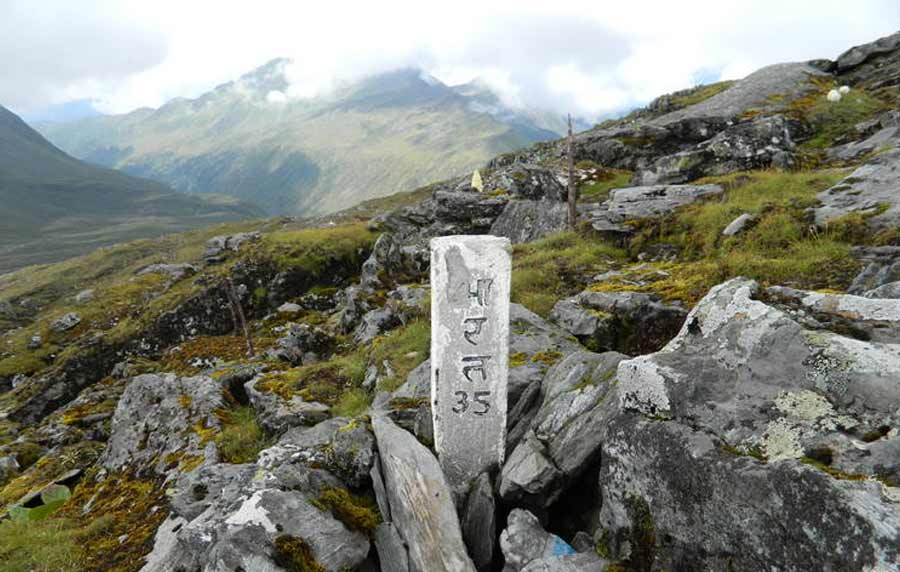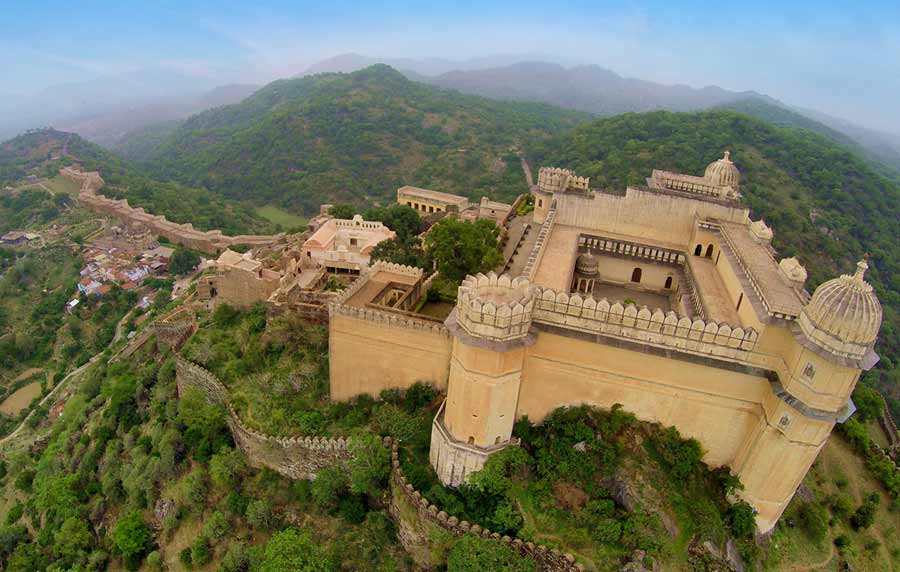Victorian Gothic and Art Deco Ensembles of Mumbai
The Victorian Gothic and Art Deco Ensembles of Mumbai is a collection of 19th century Victorian Neo Gothic public buildings and 20th century Art Deco buildings in the Fort area of Mumbai in Maharashtra, India. This collection of the Victorian Gothic buildings and Art Deco buildings are set around the Oval Maidan, a large recreational ground that was once known as the Esplanade. The east of the Oval is flanked by the Victorian Gothic public buildings and the western side is flanked by the Art Deco buildings of Backbay Reclamation and Marine Drive. This nomination aims to safeguard a total of 94 buildings.
The 19th century Victorian Gothic buildings that lie to the east of the Oval are mainly the Bombay High Court, The University of Mumbai (Fort Campus) and The City Civil and Sessions Court (Housed in the Old Secretariat Building). This stretch also houses one of the landmarks of Mumbai, the Rajabai Clock Tower. The 20th century Art Deco buildings flank the western stretch of the Oval and consist mainly of privately owned residential buildings and the Eros Cinema among others.
This ensemble of Victorian Gothic and Art Deco buildings was added to the list of World Heritage Sites on 30 June 2018 during 42nd session of World Heritage Committee at Manama, Bahrain.
UNESCO World Heritage Sites India
The United Nations Educational, Scientific and Cultural Organization (UNESCO) World Heritage Sites are important places of cultural or natural heritage as described in the UNESCO World Heritage Convention, established in 1972. There are 37 World Heritage Sites located in India. These include 29 cultural sites, seven natural sites and one mixed site. India has the sixth largest number of sites in the world. Recently, Orchha is enlisted in the tentative list of UNESCO. The Seventh Wonder of the World and a UNESCO World Heritage Site, Taj Mahal is not merely a site that brings us to the pages of history; it is an epitome of true love, brilliant architecture and artistic precision. The white-marble mausoleum was commissioned by Shah Jahan for his wife, Mumta Mahal, way back in 1632. And to complete the masterpiece it took about 22 years and as much as 20,000 artisans.
 +91 9799050299
+91 9799050299 


